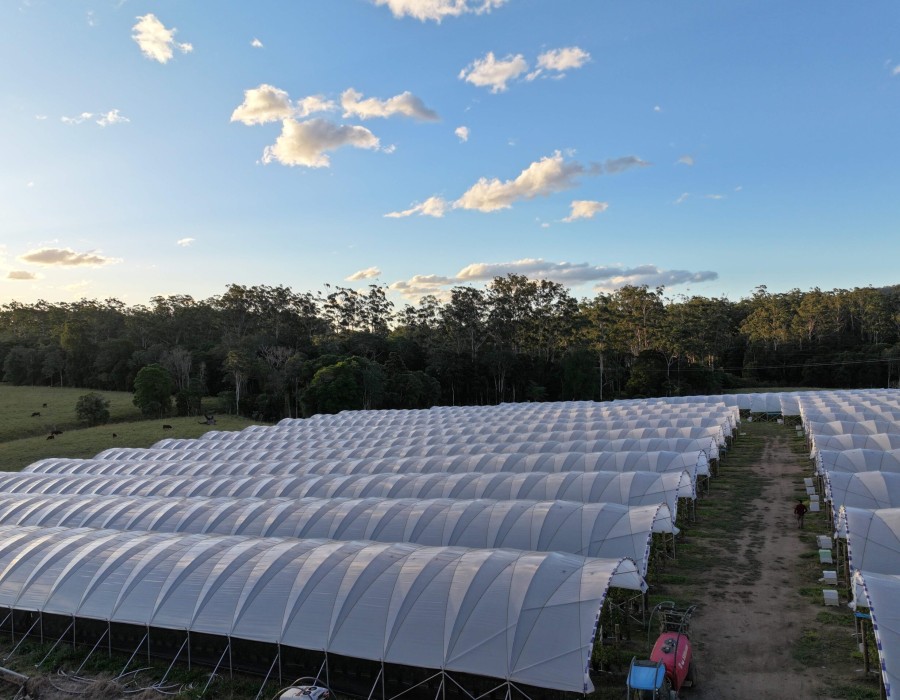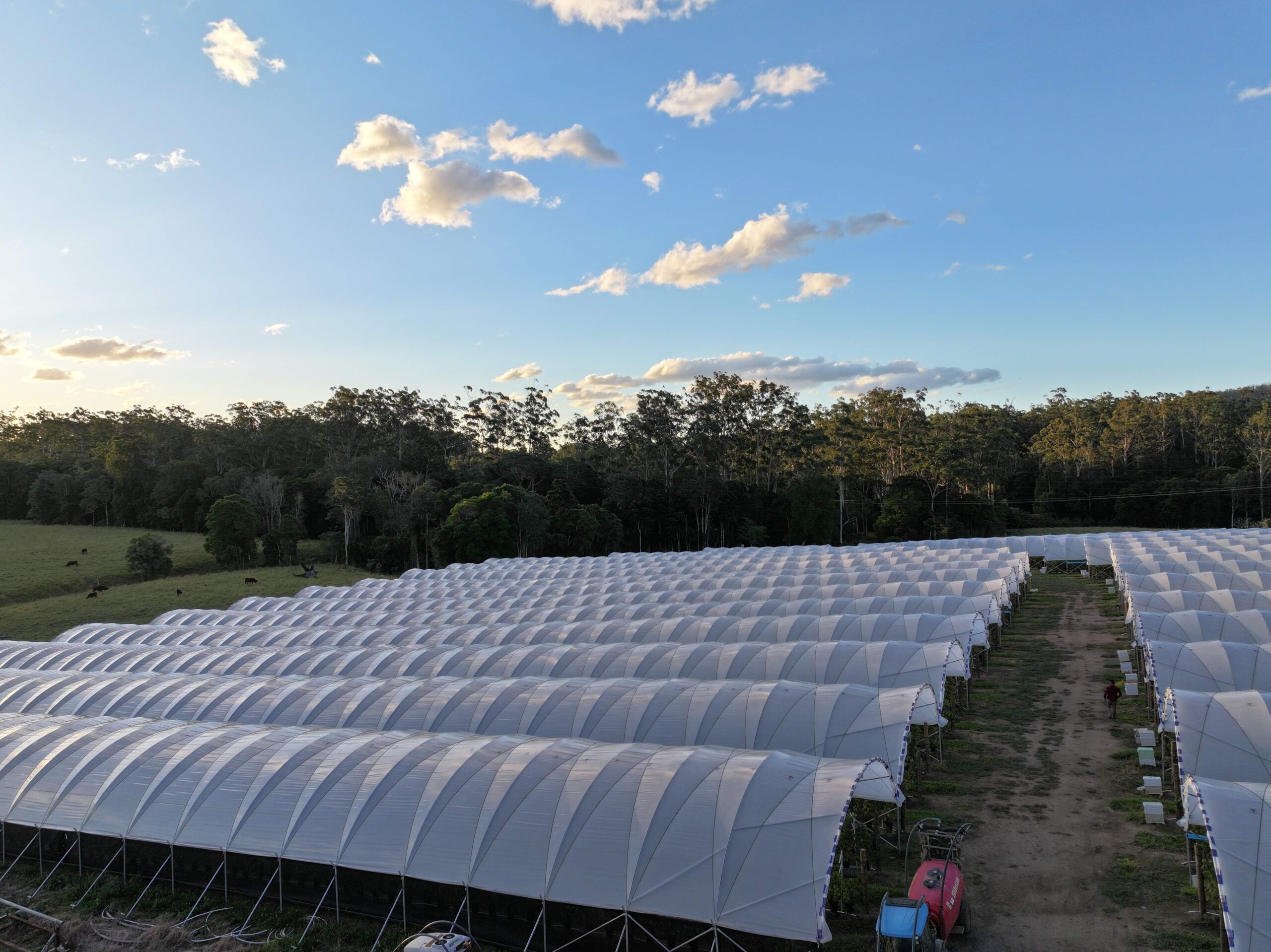Understanding Plastic Greenhouses
Plastic greenhouses, also known as polyhouses, are structures made from various types of plastic films, such as polyethylene, polycarbonate, or PVC, which cover a metal or wooden frame. Unlike traditional glass greenhouses, plastic greenhouses are lightweight, cost-effective, and relatively easy to construct. They create a controlled environment that optimizes conditions for plant growth by regulating temperature, humidity, and light levels.
Advantages of Plastic Greenhouses
Cost-Effectiveness One of the primary advantages of plastic greenhouse is their affordability. The materials required for construction are cheaper than those for glass greenhouses, making them accessible to small-scale and large-scale farmers alike. Additionally, the reduced weight of plastic films simplifies the construction process and reduces labor costs.
Enhanced Crop Yield and Quality Plastic greenhouses provide an ideal environment for plants by protecting them from adverse weather conditions, pests, and diseases. This controlled setting allows for the cultivation of high-quality crops with increased yield. Farmers can grow a variety of plants, including vegetables, fruits, and flowers, throughout the year, regardless of external weather conditions.
Extended Growing Seasons By regulating temperature and humidity, plastic greenhouses extend the growing season for many crops. This capability is particularly beneficial in regions with harsh climates, where outdoor farming is limited to specific times of the year. Extended growing seasons lead to more consistent production and can contribute to food security.
Water and Nutrient Efficiency Plastic greenhouses enable more precise control over water and nutrient delivery to plants. Drip irrigation and hydroponic systems are commonly used in these setups, reducing water wastage and ensuring that plants receive the necessary nutrients directly to their roots. This efficiency minimizes the environmental impact of farming practices.
Energy Efficiency Modern plastic films used in greenhouses are designed to maximize light transmission while minimizing heat loss. This characteristic reduces the need for artificial lighting and heating, leading to energy savings. Some advanced greenhouses also incorporate solar panels to further enhance energy efficiency and reduce reliance on non-renewable energy sources.
Challenges and Considerations
While plastic greenhouses offer numerous benefits, there are also challenges to consider:
Durability and Maintenance Plastic films have a shorter lifespan compared to glass and can degrade over time due to exposure to UV radiation and weather conditions. Regular maintenance and replacement of the plastic covering are necessary to ensure optimal performance.
Environmental Impact Although plastic greenhouses are more energy-efficient, tunnel plastic the production and disposal of plastic films can contribute to environmental pollution. Recycling and proper disposal methods are essential to mitigate this impact.
Initial Investment Despite being more affordable than glass greenhouses, the initial investment in setting up a plastic greenhouse can still be significant, particularly for small-scale farmers. Access to financing and subsidies can help alleviate this burden.
The Future of Plastic Greenhouses
As the global population continues to rise and climate change poses new challenges to traditional farming methods, plastic greenhouses represent a promising solution for sustainable agriculture. Ongoing advancements in materials science and greenhouse technology are likely to enhance the durability, efficiency, and environmental friendliness of these structures. By embracing plastic greenhouses, farmers can achieve higher productivity, reduce resource consumption, and contribute to a more sustainable food system.






Comments